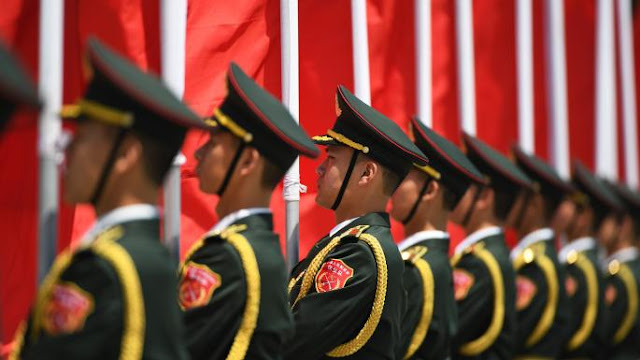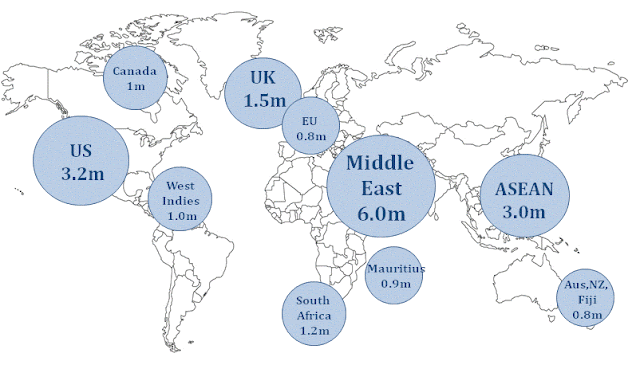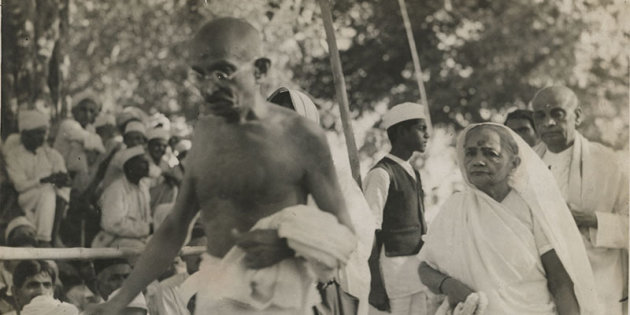Timely Meditations: Are India and China destined for war?

[This blog, a labour of love, gives meaning to me more ways than I realised. Unlike the blogs I am 'required' to write - to promote products or to project expertise - these unplanned, momentary, messy posts are really conversations with myself. They are also more, pages of a scrapbook of ideas, digital footprints of a search for meaning, chronicles of loneliness and journals of being intellectually exiled. Timely meditations are my latest - there were others before - effort to write about contemporary issues and subjects, imposing some order on chaos and giving me a focus to write about.] I have been following the Sri Lankan politics with some concern over several weeks. Democratic institutions have had some bad time lately. It does indeed seem, after Franklin, that when you wish to give up a little liberty for the sake of a little security, you get neither liberty nor security. Sri Lankans have endured long years of Civil War, which was eventually ended, rather brut...


